Healthcare finance leaders share their responses to the COVID-19 crisis
When asked about the impact of the COVID-19 crisis on their organizations and on themselves, personally, financial healthcare leaders didn’t dwell on the problems they faced, but instead spoke about actions taken to deliver healthcare for non-emergent conditions, to provide a better patient billing experience and to create a remote workforce that would enable employees to keep their jobs.
Bradley B. Cook, FHFMA, MBA, chief revenue officer, Presbyterian Healthcare Services, Albuquerque, New Mexico
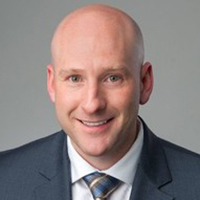
The COVID-19 pandemic has prompted Presbyterian Healthcare Services to innovate our delivery and financing models. Like many other healthcare providers, we were compelled at the onset of the pandemic to immediately expand our previously limited telemedicine offerings. To date, we have seen a significant shift in the way we deliver care and are now delivering more than 50% of ambulatory services via telemedicine. And we expect that this will become a consumer norm post-COVID-19.
At Presbyterian Health Services, our revenue cycle and finance teams deserve kudos for their ability to adapt to the accelerated pace of change and rapidly adjust to new models while protecting our patients from the enormous complexity of the healthcare billing and reimbursement process. We changed our billing methodology to focus on getting COVID-19 billing right the first time, which has allowed our organization to balance its financial sustainability with patient satisfaction. We did this by making sure we were more deliberate in holding and validating COVID-19-related insurance claims and patient billing statements. This change in methodology has been extremely important given the continuous updates in regulatory and payer billing guidance, much of which has been retroactive.
To enhance consumerism and promote patient safety, we have re-evaluated how we deliver certain revenue cycle services, such as release of information. What has traditionally been a service that required face-to-face interaction, has now been deployed remotely through our secure EHR platform. Patients can now obtain their medical records safely, quickly and securely without ever entering a healthcare facility.
Finally, understanding the economic impact caused by COVID-19, we immediately expanded our financial assistance policy and relaxed our payment plans terms to provide additional coverage and flexibilities for our patients who may have been adversely impacted during this pandemic.
These are just a few examples of how our organization has rapidly adapted and transformed to overcome COVID-19. Let’s not forget the valuable lessons we learned during this difficult time, and the resilience and agility we have gained in the process. Those gains will help us thrive in the new era of healthcare delivery, financing and consumerism. It is our call to action. It is our time to innovate and transform.
Matthew Cox, CFO, Spectrum Health, Grand Rapids, Michigan
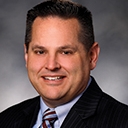
COVID-19 has tested Spectrum Health System in many ways, including our recently updated strategic plan and new mission, vision and values. Our mission is to “Improve health, inspire hope and save lives.” Our vision is “Personalized health made simple, affordable and exceptional.” Our values are “Compassion, Collaboration, Curiosity and Courage.” We learned that these cornerstones of our corporate strategy are more relevant than ever. They guided us as we prioritized resources, made difficult decisions and maintained our focus over the past few months.
As COVID-19 began to spread to cities like New York City and Detroit, we wanted to ensure that all Spectrum Health System team members that could work remotely had the necessary tools to do so. We have invested in EPIC and Microsoft tools and were confident we had what we needed to be successful but had not tested it. On March 13, 2020, we instituted a work-from-home test day.
This test resulted in many team members continuing to work from home to this day. As we look to the future, working from home will now be standard practice for many support positions.
It became clear to us that, to successfully respond to the COVID-19 pandemic while advancing our mission and values, we would need to reimagine our organization, services and experience to be more personal, simple, affordable and exceptional. That realization prompted us to revisit our strategic initiatives and reduce their number from 25 to six so we could be more laser focused on these essential goals. We narrowed our focus to the following initiatives:
- Respond and reimagine
- Deliver greater personalization
- Make it easier to do our work
- Accelerate virtual health
- Promote healthy living
- Minimize care variation
Being more focused on less initiatives has increased the speed at which we make decisions and progress.
Much of my focus during this crisis is focused on responding and reimagining. Early in the crisis we instituted crisis pay for our employees, cross-trained outpatient staff to inpatient functions, paused on capital purchases that were not urgent, bulked up on PPE and specialized equipment, significantly increased virtual care and became ready for the surge. As the curve was flattened, we instituted expense reduction initiatives at the system office, hospitals and medical group, and worked to bring back scheduled procedures while ensuring patient safety. During this crisis, our insurance company, Priority Health, provided financial support to members and employers in the form of premium credits and waived cost sharing for the most heavily impacted populations. The crisis has left Priority Health well positioned for future growth. We also have left no stone unturned for CARES Act and FEMA funding.
We have learned many lessons during this crisis, but perhaps most important, we learned the value of communicating with our many stakeholders. We have reached out to our audiences with CEO and system leadership team virtual townhalls, a CARES act information session for independent physicians, virtual board and committee meetings, daily video updates from the command center and sharing of best practices with major employers, among other offerings.
Together, enhanced communication and increased speed of decision-making are lessons learned that will positively impact our health system into the future.
Ultimately, we believe we will emerge from this crisis as a stronger organization. As a result of COVID-19, we have reaffirmed our commitment to our strategic plan and become more focused, better aligned and ready for the future.
James Travis Dowell, FHFMA, MBA, FACHE, president & CEO, Memorial Physician Services, Springfield, Illinois
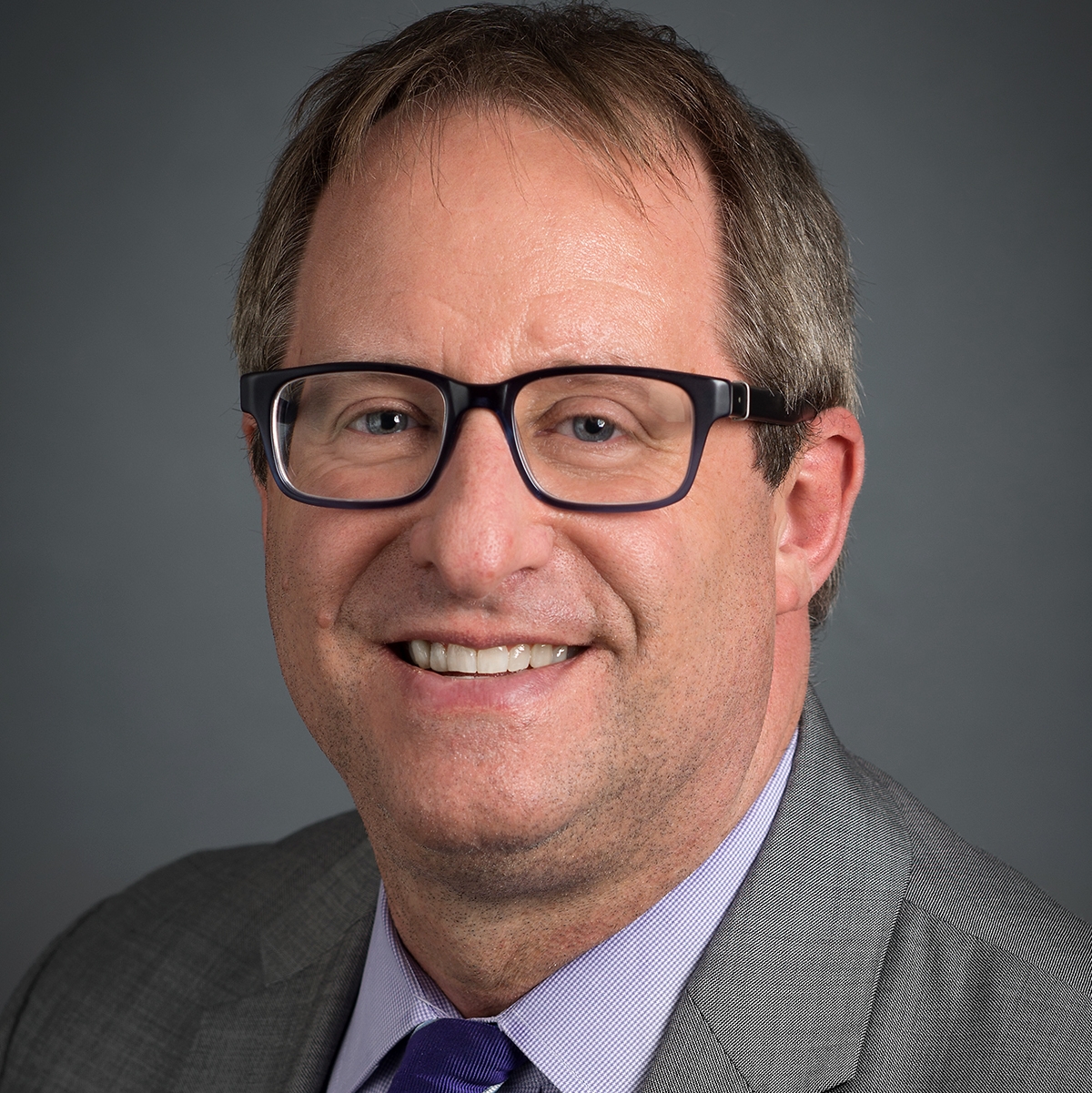
Memorial Physician Services (MPS) has been immensely affected by the COVID-19 pandemic situation. We have continued focusing on ways to enhance our revenue, but we’ve had to quickly reevaluate our cost structure and cash management. Unfortunately, our patient volume declined overnight, which has affected our revenue greatly.
To bring some business back, we immediately incorporated telehealth services, which is a ‘win-win’ as it provides a safe and convenient way to stay connected to our patients. It has been hugely helpful that we can finally bill and get reimbursed for telehealth services, including phone visits by most payers, and we hope many of the eased policies surrounding telehealth with remain in place after the pandemic.
The new environment also has forced us to make cost reductions. We have adjusted our staffing levels and mix as well as re-evaluated compensation and benefits. Vendors under contract are also being carefully reviewed and, where possible, renegotiated for lower costs. To ensure we have appropriate cash flow, MPS has applied for all applicable grants, opened lines of credits with area banks and taken accelerated payments when available. The combination of the induction of telehealth services, cost reduction measures and fostering cash flow has helped us meet the challenges to date.
Derek Dudley, MHA, senior director, revenue cycle, Memorial Health System, Marietta, Ohio
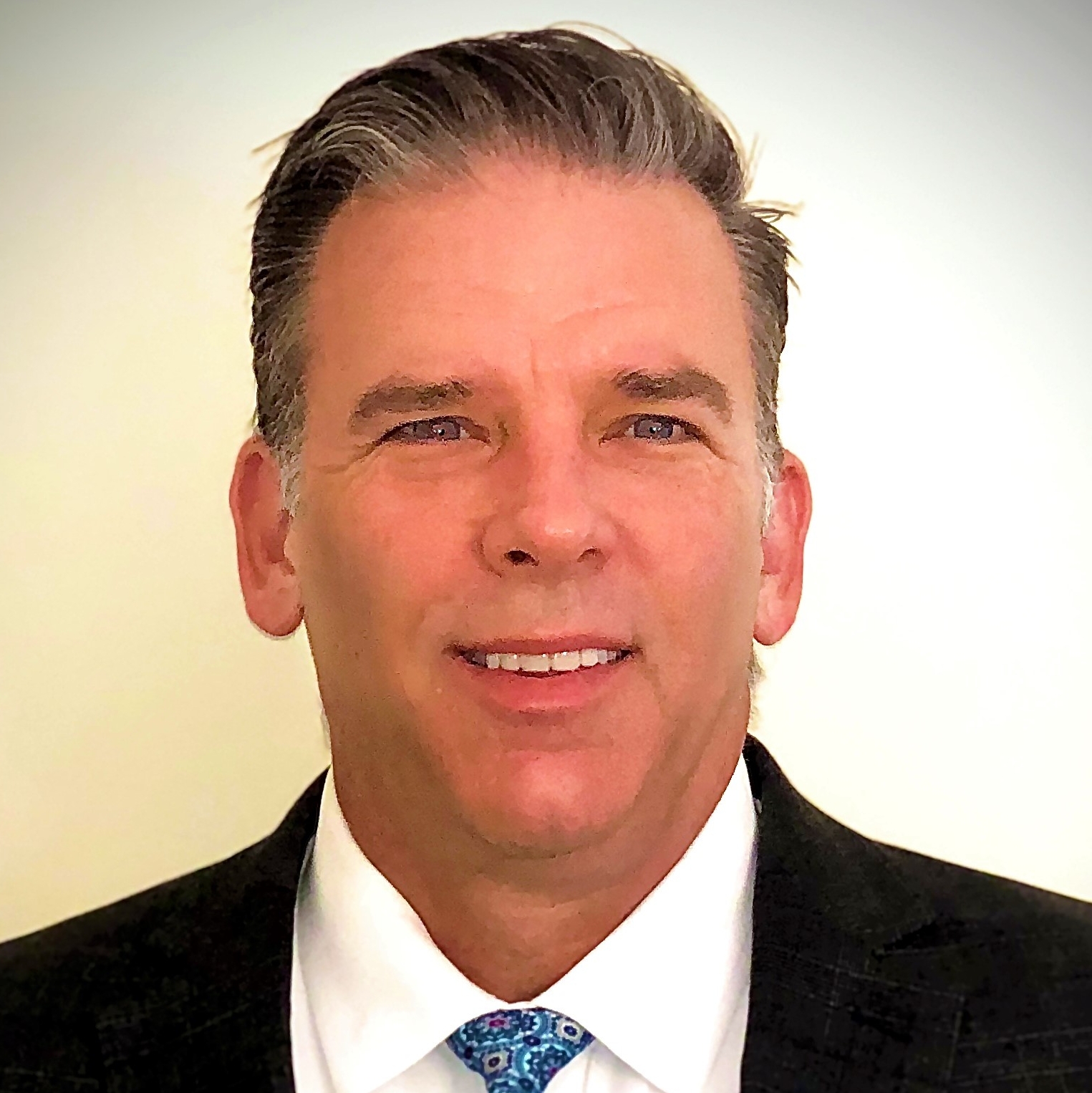
In the midst of the COVID-19 pandemic, businesses have had to adapt quickly, and the healthcare industry is no different. Memorial Health System took immediate steps to protect ongoing financial viability by managing expenses at a microscopic level. Here are two of them:
- Manage accounts – prioritize the next most valuable account and collecting payment tactfully
- Minimize money leaks – manage expenses closely while also looking for any area of revenue leakage
Since Memorial is a small, community health system, it was extremely important to avoid any layoffs. Instead, we asked employees to take vacations where possible. Many revenue cycle employees were already working remotely, so we simply expanded this option to offer flexibility during the crisis and extend our talent pool beyond geographic limits. Systems were already set up to support remote work, but we are relying more on our ability to measure revenue cycle productivity and staff effectiveness. Our ability to offer remote work options will ensure greater financial viability for Memorial Health System long into the future.
We instantly realized that new care practices would be required, and we implemented them. We rapidly implemented drive-thru clinics, updated digital front door applications and re-engineered patient communications systems. Flexibility in telehealth and billing location rules gave us the ability to quickly pivot our patient care delivery model.
On the back end, there are fewer staff in our office spaces, which means revenue cycle departments use Zoom and Microsoft Teams much more frequently. While we’ve always given staff the option of working remotely, those who want to are starting to come back on site. Some type of hybrid staffing model will certainly become the go-forward norm for Memorial Health System. I believe COVID-19 has given healthcare organizations an important opportunity to re-evaluate how they compete for talent, manage dispersed teams and better support the revenue cycle workforce.
Despite the chaos faced by the healthcare industry, Memorial Health System has found focus, perspective and the ability to see where business is headed. On a business level, we closely watch analytics to measure performance and guide change accordingly. Remaining focused on our metrics while keeping a close eye on productivity is critical, along with balancing the well-being of our team. It’s important that we remain flexible and stay attuned to what’s important for the health of our business and the health of our team.
Alex Fernandez, senior vice president & CFO, Broward Health, Fort Lauderdale, Florida
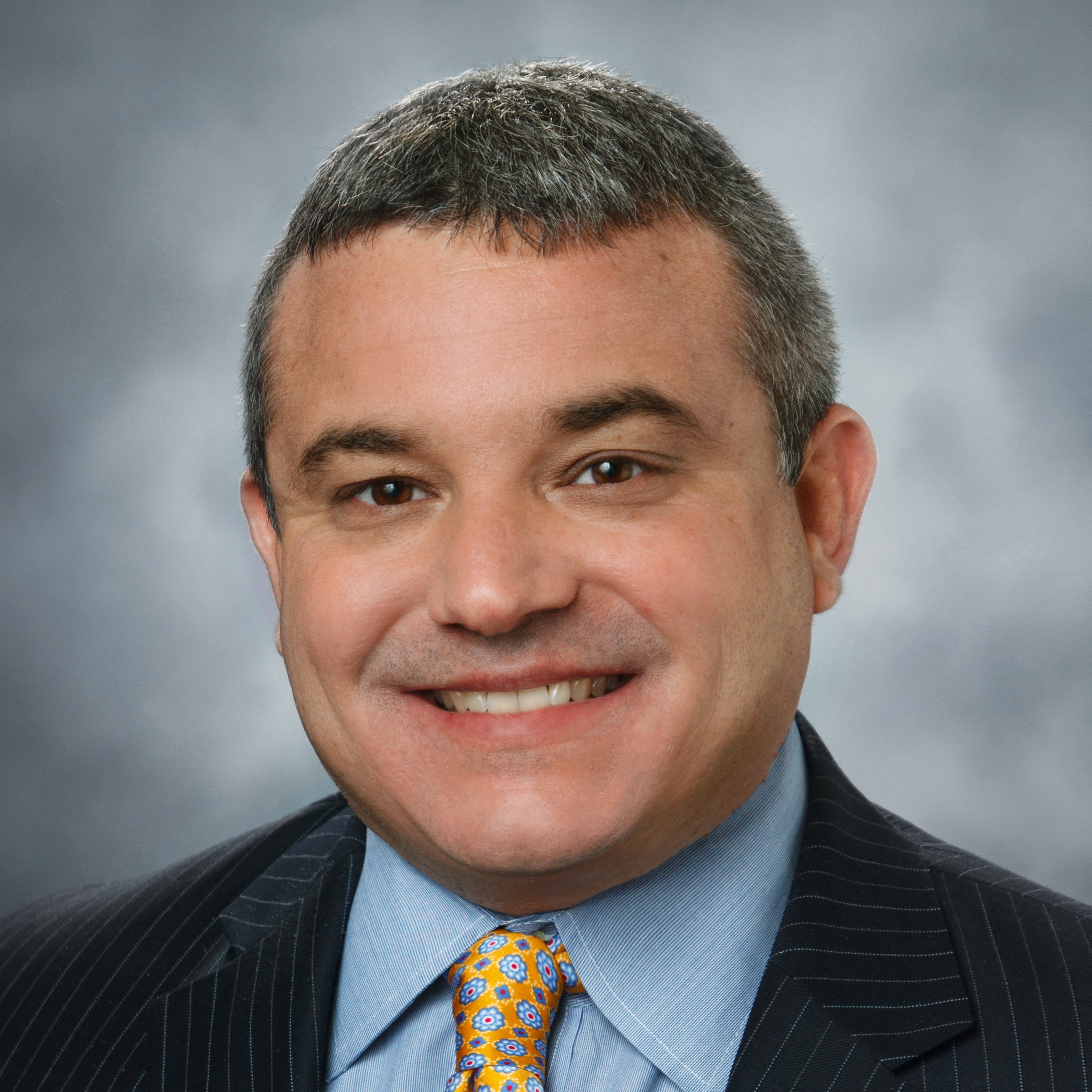
As I look forward to the future and plan for how Broward Health will ensure its long-term financial viability, I can’t help but reflect on how we navigated through the heart of the crisis and what contributed to our overall success. The past several months have been among the most difficult in any healthcare professional’s career. With an unwavering commitment to patient, employee and physician safety in a constantly changing environment, we depended on maintaining open lines of communication, being decisive and nimble and preparing financially for a long-term crisis.
What has helped is to achieve overall financial success during the crisis, and what we believe will ensure our future financial success, is remaining committed to a disciplined approach based on financial fundamentals required when running a public health system. We entered the crisis with a strong balance sheet, a robust enterprise risk management program, extensive financial modeling capabilities, a proactive supply chain and a dedicated, innovative team.
To ensure our organization can weather the crisis, we have focused on and will continue to adhere to the financial fundamentals around liquidity, financial operations and the supply chain.
Regarding liquidity, we have focused on establishing tools to ensure our accounts receivables are being collected promptly and accurately by payers. We are creating processes in which capital is released based on quarterly, rather than annual, operational performance. COVID-19 has prompted us to project cash flows and operational performance and update regularly based on actual performance, trends and economic indicators.
Our efforts around financial operations have included tightly managing our cost to our volumes. Among other things, this effort has included looking at labor productivity, hiring of non-patient care related staff, and curbing non-essential spending. We also have focused on maintaining revenue cycle excellence, especially in areas such as first-pass denials, point-of-service collections, length of stay, clinical documentation, Medicaid eligibility and coding accuracy.
The supply chain also has been a critical concern. Top-of-mind concerns have included maintaining a healthy stockpile of personal protective equipment and other medical surgical supplies needed to safely operate our hospitals in the event of any future surge in patients or supply shortages, and maintaining detailed daily inventory logs, including burn rates and days on hand, to help ensure the stockpile is maintained at our targeted level of days on hand.
In times like these, I couldn’t be prouder to work in the healthcare industry and more specifically a public safety net health system. I have been energized and humbled by the dedication, courage and commitment of our front-line care givers in delivering continuous care for our community. I also am proud of our leadership team’s relentless commitment to cultivating collaboration and making data-driven decisions based on the latest information available. The overwhelming support of our board of commissioners and the community at large has proven to me that Broward Health is home and will always be worth the fight.
Robert Flannery, CPA, senior vice president, CFO, UW Health, Madison, Wisconsin
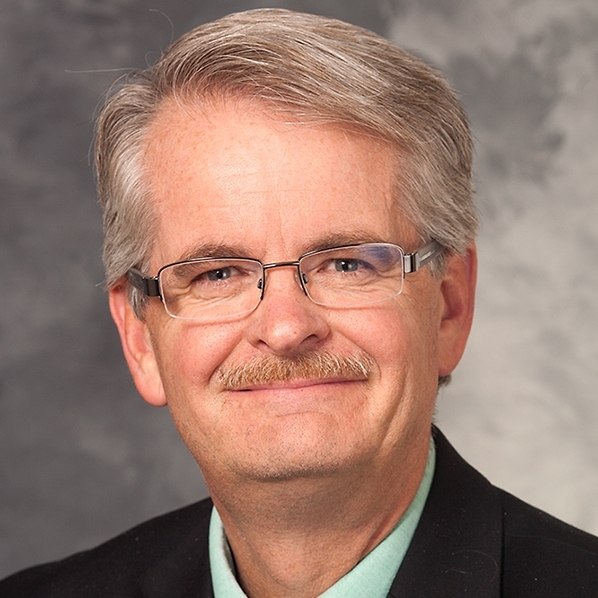
UW Health in Madison, Wisconsin, had a healthcare incident command structure (HICS) in place for years prior to COVID-19. It includes all the traditional positions, a logistics chief, an operations chief, a finance chief, an incident commander and other components.
What this function lacked was the impact and response planning element needed to bring us through the COVID-19 crisis. We adapted our structure very early on to supplement components that ensure that our senior leadership, faculty and chairs have the information they need in this emergency and are pulling in the same direction. Our command system has been operational since early February, which is just unheard of. Typically, HICS is operational a day or two or a week or a month but seldom over four plus months.
We have been further forced to adapt the command structure’s actions as the pandemic emerged. UW Health’s leadership prioritized caring for faculty and staff who were experiencing exhaustion and high levels of stress. Meanwhile, they were challenged to determine how to communicate about the financial health of the organization.
As things evolved quickly, we wanted our physicians and staff to focus on preparing for the surge and understand what was happening with personal protective equipment availability and redeployment of employees. But we quickly learned you need to be transparent with staff about the financial impacts as well. Employees need to understand the fiscal reality of what is happening to the organization. And that conversation should begin well before conversations begin about flexing staff based on volume changes, so that people are not surprised by those conversations.
UW Health undertook a two-pronged approach to finance focused on liquidity and sustainment. When the CMS mandate came out asking healthcare organizations to voluntarily suspend all elective services, we knew immediately we had a potential liquidity crisis on our hands. We needed to continue to have staff available, but we wouldn’t have the revenue coming in from these elective cases, and we couldn’t even confirm what volumes of COVID-19-positive patients we might have who would be medical inpatients. We immediately stood up a dashboard so we could keep an eye on our charges that were being processed compared to baseline and see how much business was coming offline. In the first week after March 15, the number was 25% offline, and three weeks later, it was down 51%.
We looked for opportunities to establish lines of credit with banks to ensure we could borrow short-term money if necessary. We then learned that the CARES Act allowed organizations to receive accelerated advanced Medicare payments. We got those applications in immediately and actively pursued every other opportunity for financial support made available through legislation.
We then switched into sustainment, looking at our operating expenses. We started brainstorming what we could do from an expense perspective and a cash preservation perspective and looked at our capital budget for items that could be paused, canceled or delayed preserving cash.
We did everything that was asked of us in terms of being prepared for a surge, and then we didn’t see the surge. We did not receive any of the $10 billion allocated to hot spot organizations. That doesn’t mean our organization didn’t suffer financially. We certainly didn’t have the psychological impact that some of the hot spots did, where their employees had to go into work every day and see the refrigeration trucks outside of their facilities, which is just devastating. We were fortunate not to be in that situation. But organizations that didn’t become hot spots have certainly suffered financially the same way everybody else did.
Nikki Harper, FHFMA, vice president, revenue cycle, Hospital Sisters Health System, Springfield, Illinois
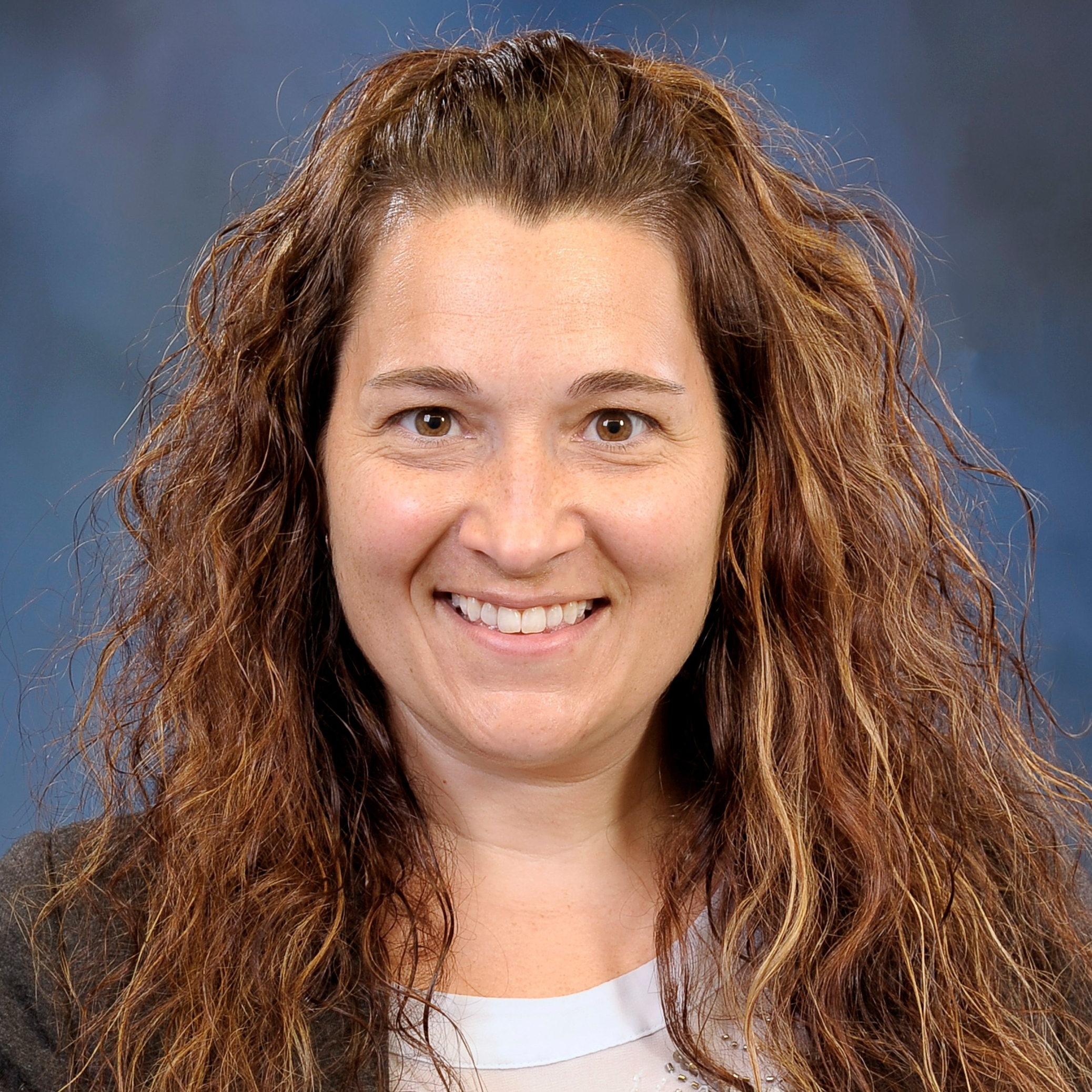
The health system I work for was really impacted beginning in March. We have 15 hospitals in Illinois and Wisconsin, along with three physician groups. About two weeks into our heightened awareness, I had an employee test positive for COVID-19. The employee worked in an administrative building with around 40 others. I quickly realized that the world we knew changed overnight. That colleague and most of the others were sent to be self-quarantined for two weeks.
That made us rethink the way we have employees working. We have survived flu seasons and many other “normal” times in an environment where others are contagious and could transmit viruses; however, we’ve not historically had it impact an entire team at a time.
I think the great thing about times of rapid change is that we as leaders become more resilient. I personally thrive in times of change, so I found this time to be a positive challenge that led to many opportunities to look at staffing, metrics and ways to redefine revenue cycle management. Historically, healthcare leaders can get caught up in doing things the way they’ve been done before.
That can no longer happen. We must reinvent the way we deliver care and work to get reimbursed. For example, remote work (work from home) has been recognized among coders, but not necessarily among schedulers, billers and other non-clinical employees. Because we now have the tools to measure quality and productivity, all this type of work can be performed from home. This saves on lease expense for the organization in addition to increasing employee satisfaction and increased productivity.
With more people working from home comes the change in leadership style and delivery. Leaders must learn that to effectively use tools to monitor and engage with their team. Resources such as Skype or Zoom allow us the ability to still see our team from afar and train on our screens regardless of where we are. This can also decrease travel costs for trainers in a medium or large health system.
Pamela Ott, FHFMA, CPA, FACHE, CFO, Northwest Indiana Region, Franciscan Alliance
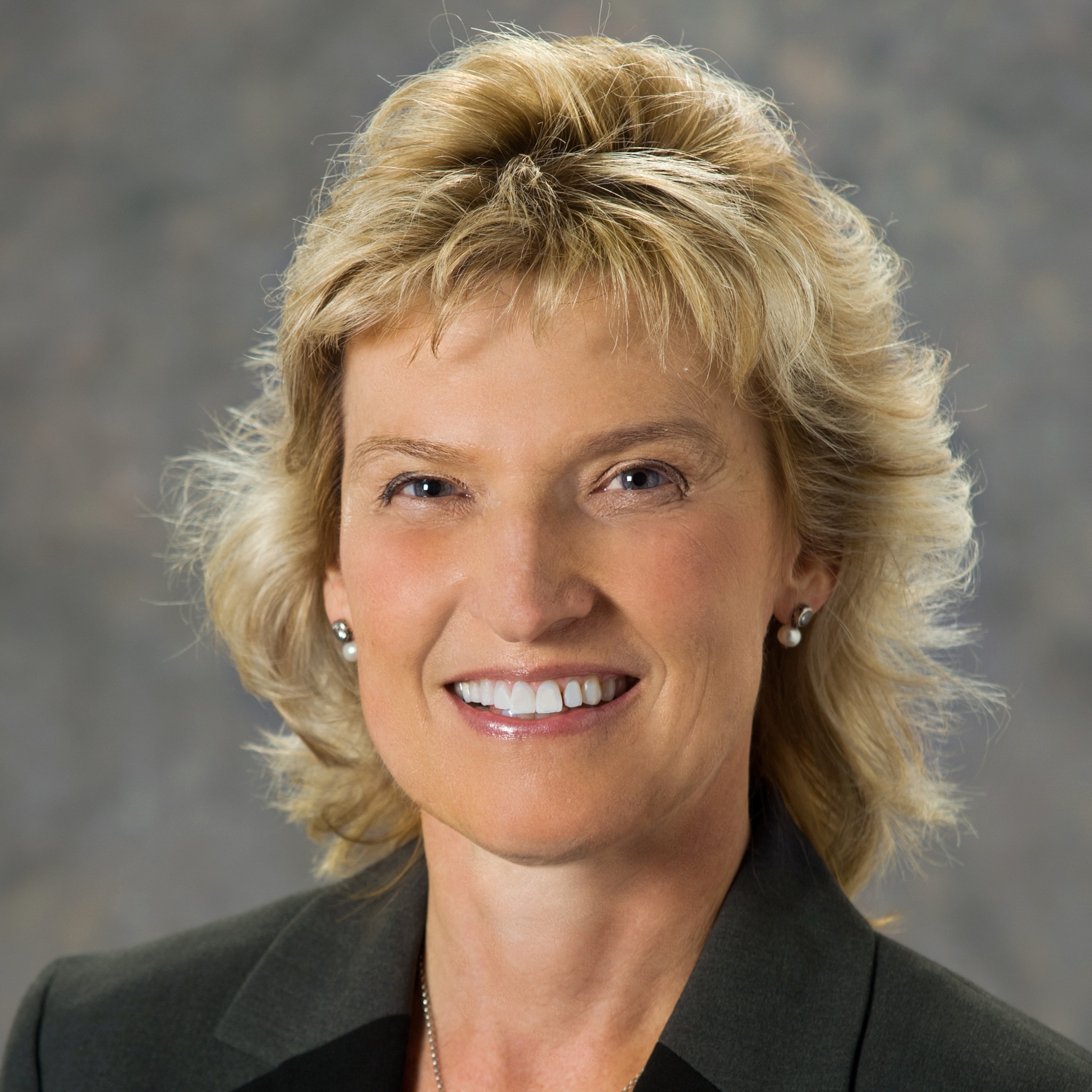
The COVID-19 crisis has yielded the greatest challenge in modern times that hospitals and healthcare systems have ever had to face. The challenges attacked us on every front. Not only did hospitals and healthcare systems need to significantly and quickly change our operations to accommodate COVID-19 patients and to discontinue elective procedures and other outpatient cases, but also we now must just as quickly prepare for and re-open elective and outpatient procedures in a safe, cost-effective manner.
Steps that our healthcare system took, which were not unlike those of other healthcare systems, included addressing employee concerns and safety, addressing current policies and practices, establishing temporary testing sites, opening COVID-19 patient care areas and redeploying employees. In addition, the financial viability of the organization needed to be protected as best as possible. Some of the actions taken included redeploying employees to key, critical patient care areas. Employees were trained in new basic skills to assist in areas they previously were not trained for, such as assisting with basic respiratory care. Capital spending was frozen, except for critical needs. We continue to partner closely with leaders to focus on managing their departments in a financially sound approach, especially during this time.
I am currently in a new role and saw the opportunity to provide finance education. Now more than ever, I believe such education is critical. During the COVID-19 crisis, for example, I have hosted finance education refresher sessions on Healthcare Finance 101, Productivity, and Departmental Financial Statements.
It also is critical for us to communicate with the other leaders in our organizations about the financial results we are seeing so they can understand the devastating impact that COVID-19 has on our organizations’ financial health. As we move forward out of the crisis, this type of communication will help leadership to “row in the same direction” and meet the challenges we are facing and will be continuing to face.
In the aftermath of the crisis, we are working on initiatives that will help us to improve our financial results. The initiatives include cost reduction opportunities and strategic growth opportunities. Also, there are new ways to deliver patient care, which we need to embrace. Leadership, teamwork, collaboration and innovation have never been so important as now for hospitals and healthcare systems as we work through this post-COVID-19 era to restore financial viability of our healthcare systems.
As with any crisis, we need to react and to take care of our patients and our employees. As time has evolved, so has our understanding of COVID-19, which has helped us to better respond to the pandemic. As new information was received, then new or modified approaches needed to occur to adjust and to adapt.
What has helped me the most from a leadership and personal perspective in meeting these challenges is taking care of myself. I am reminded of the guidance regarding the oxygen mask on an airplane, where we must first put the oxygen mask on ourselves before assisting others. It is so true that we cannot be present or help others unless we have first taken care of ourselves
Also, it is important to take a moment each day to recognize all our blessings and what to be grateful for. From a leadership perspective, it’s important to be a servant leader for our employees, including being empathetic to their professional and personal concerns during this time. It’s important that employees know you, as a leader, care about their health and safety. During chaotic and challenging times, employees are looking for “true” leaders. As Jim Rohn said: “The challenge of leadership is to be strong, not rude; be kind, but not weak; be bold, but not bully; be thoughtful, but not lazy; be humble, but not timid; be proud, but not arrogant; have humor, but without folly.”
Mark Wright, CFO, Aultman Health Foundation, Canton, Ohio
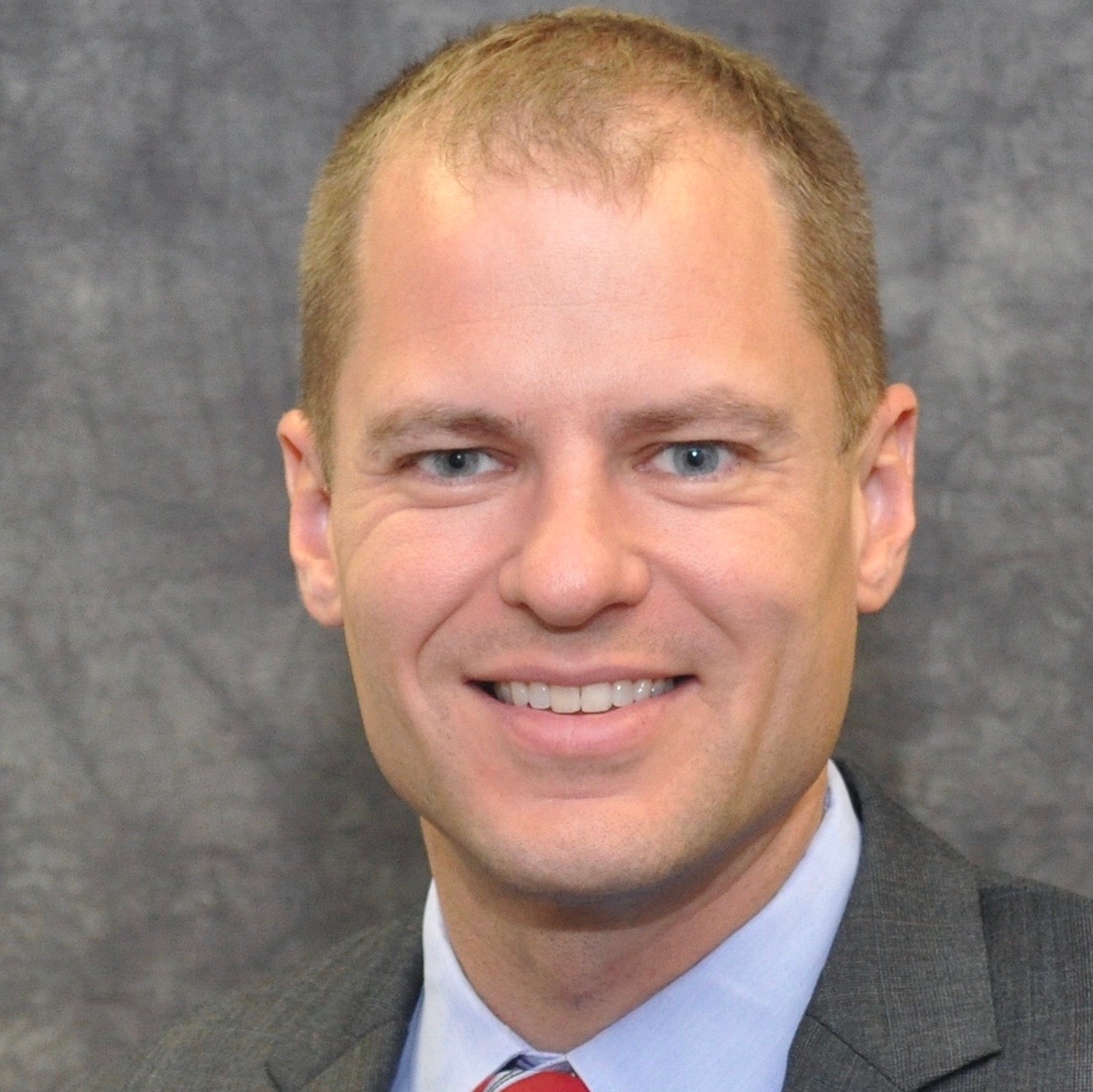
Communication is more important than ever during a crisis. And we faced an even greater communication challenge in sending 1,500 team members to work from home as we implemented our business continuity plan. We established daily calls via Microsoft Teams across the organization to keep everyone updated. We also established a weekly board of director newsletter and regular financial update.
Working from home has been a big success with initial feedback indicating both improved productivity and team member satisfaction. We had been planning a work from home strategy for some time when COVID-19 hit. Many of the changes implemented are likely to be permanent.
Continuously updating our financial projections also became a key priority. Revenue dropped by 40% starting in mid-March when elective procedures were suspended, and initially, we had no idea how long the declines would last. We are fortunate to have strong financial leaders across the system, who quickly assessed the impacts on their respective entities. Working together, we are adjusting assumptions weekly to give us the best information possible to make decisions as the situation rapidly evolves.





